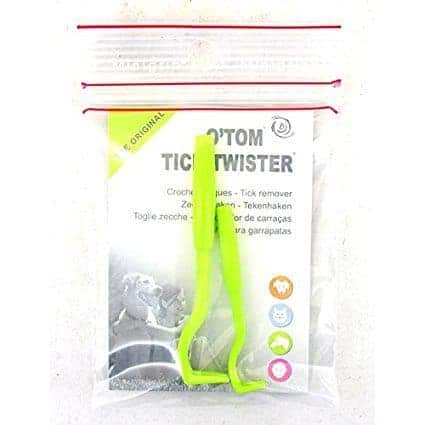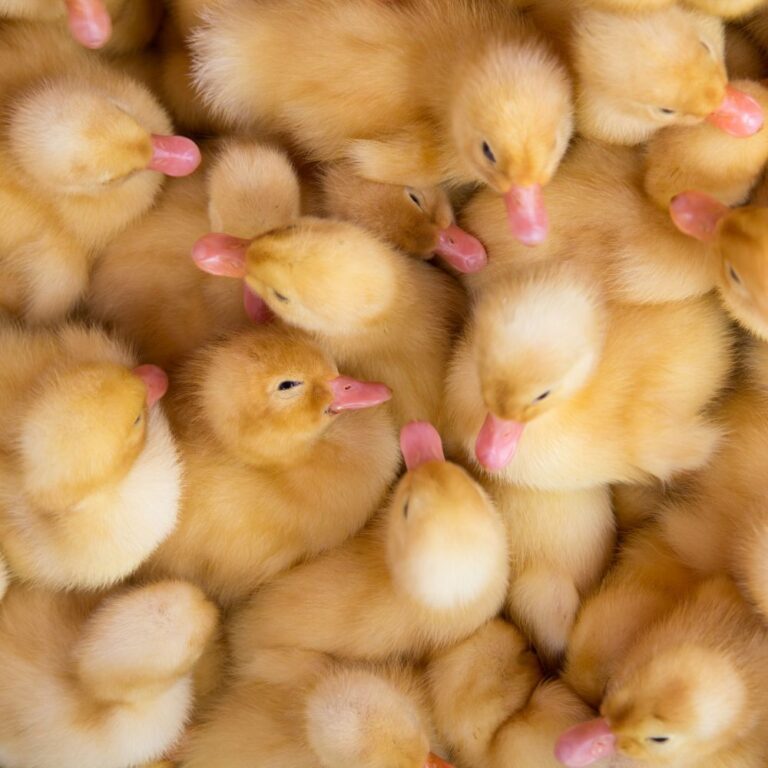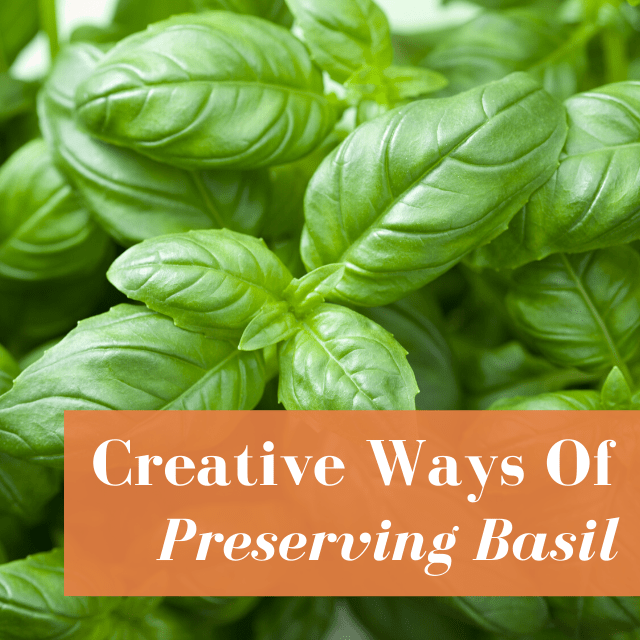Table of Contents (Quickly Jump To Information)
Why would you need an all-natural tick kit?
Well, if you’ve ever had Lyme disease, you know how miserable it can make you.
If you’ve never experienced it, believe me when I say you want to do everything to prevent it.
And if you’ve been bit by a tick recently, you want to rule it out right away. A tick kit will help with all of the above.
My Lyme Disease Story
I had a brush with Lyme disease about 12 years ago. At first, the doctor didn’t believe me – he decided it was a Staph infection because there wasn’t a traditional bullseye rash.
Newsflash: Not all deer tick bites develop the traditional bullseye rash.
I asked for antibiotics to treat Lyme disease anyway, as well as a test because I had the symptoms (excessive tiredness, flu-like symptoms, joint pain).
What followed was 14 days of miserable joint pain, fever, loss of appetite (from the antibiotics) and I felt really drained all the time.
In fact, the only thing I could eat was greek yogurt with peaches for about 2 weeks.
Now, we keep a tick kit on our farm, which helps us stay organized should someone get bit (or even find one on them).
The chickens do a pretty good job of keeping the tick population at bay, but realistically, they can’t get them all!
What should be in an all-natural tick kit?
Here’s what we keep in our tick kit (we keep one in the house and one in each car so I don’t have to remember to bring one with us).
- Tweezers or tick pullers (these are specifically made to remove ticks)
- A bottle of rubbing alcohol (leave out if you can’t use it)
- Cotton swabs
- Oregano or Lemon essential oil
- Some paper & pens
- Clear tape
I prefer to use small plastic containers like these for a tick kit because they stay cleaner and are less likely to break if jostled in our truck.
We also keep tick repellent in our truck and house to try and beat the ugly buggers to the punch. You can get more information about how to repel ticks naturally right here.
How do you remove a tick?
From the Center For Disease Control website, after grabbing your tick kit, you should:
- “Use fine-tipped tweezers to grasp the tick as close to the skin’s surface as possible.
- Pull upward with steady, even pressure. Don’t twist or jerk the tick; this can cause the mouth-parts to break off and remain in the skin. If this happens, remove the mouth-parts with tweezers. If you are unable to remove the mouth easily with clean tweezers, leave it alone and let the skin heal.
- After removing the tick, thoroughly clean the bite area and your hands with rubbing alcohol, an iodine scrub, or soap and water.”
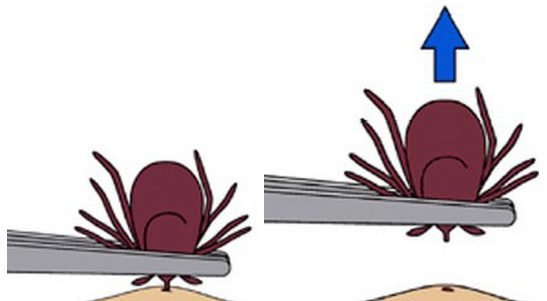
Another option we’ve used is to cleanse the area with rubbing alcohol mixed with an essential oil like lemon or oregano. (These are the exact oils we use).
If you’re allergic to rubbing alcohol, or have sensitive skin, you can use an essential-oil based soap and filtered water to cleanse the area.
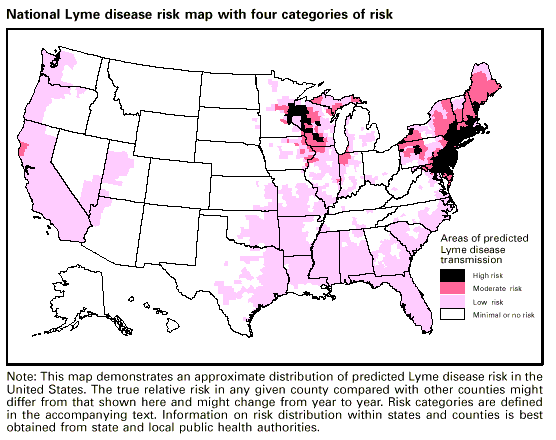
What next?
After removing the insect, tape it on a piece of paper you keep in your tick kit and write down the location of the bite and the date. Watch closely for symptoms of Lyme disease or other infection.
We also draw the boundaries of any redness, swelling, or rash with a Sharpie; if the skin gets red or irritated-looking outside of those boundaries, it’s evidence there is an infection of some sort, and it’s spreading.
As a precaution, we make a doctor visit for an opinion and if it seems at all like Lyme disease is present, we ask for antibiotics (I don’t mess around with Lymes since it has powerful long term effects.
You can check the CDC website for common symptoms for all kind of tick-borne illnesses here. Print out a copy and keep it in your ll-natural tick kit for easy reference.
Maat van Uitert is a backyard chicken and sustainable living expert. She is also the author of Chickens: Naturally Raising A Sustainable Flock, which was a best seller in it’s Amazon category. Maat has been featured on NBC, CBS, AOL Finance, Community Chickens, the Huffington Post, Chickens magazine, Backyard Poultry, and Countryside Magazine. She lives on her farm in Southeast Missouri with her husband, two children, and about a million chickens and ducks. You can follow Maat on Facebook here and Instagram here.

